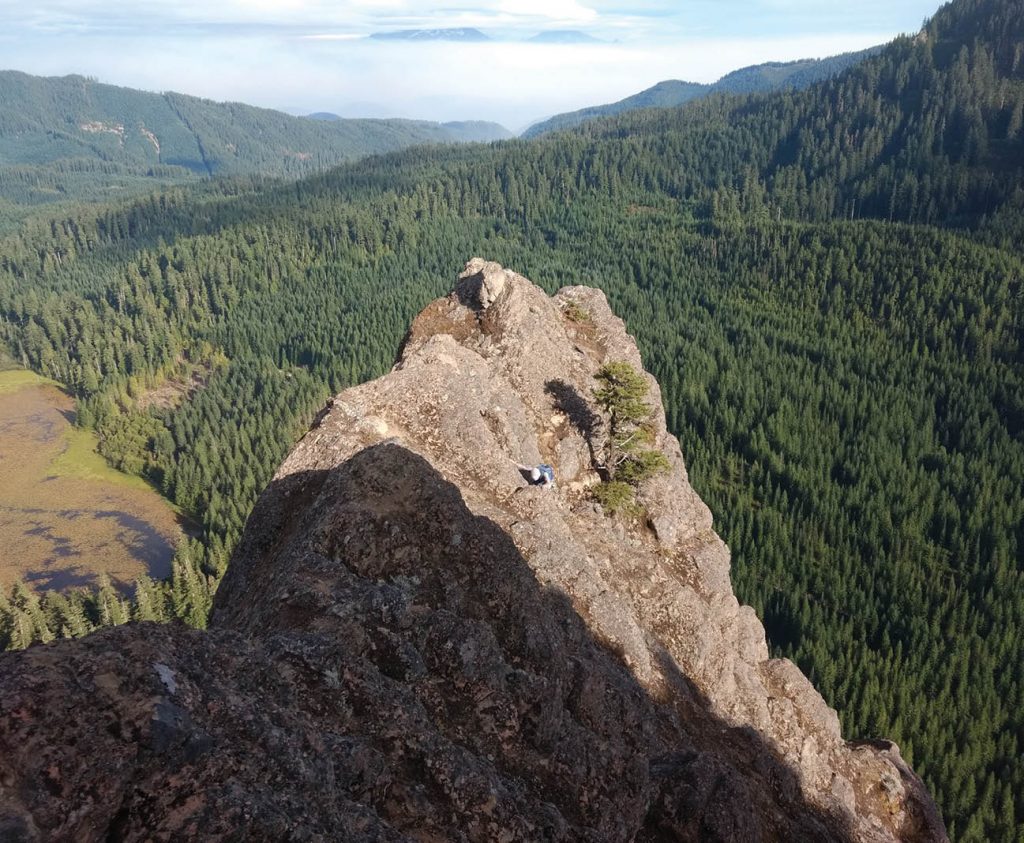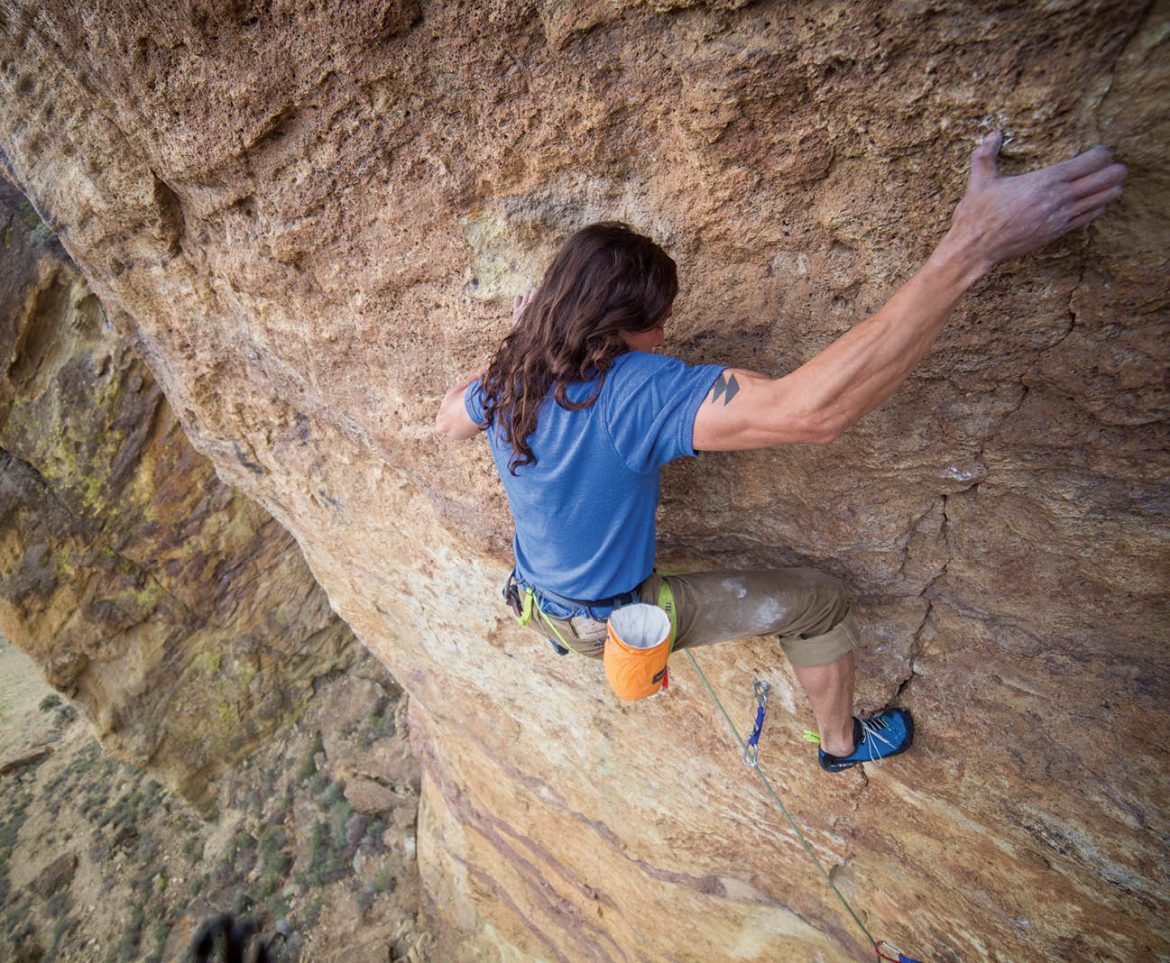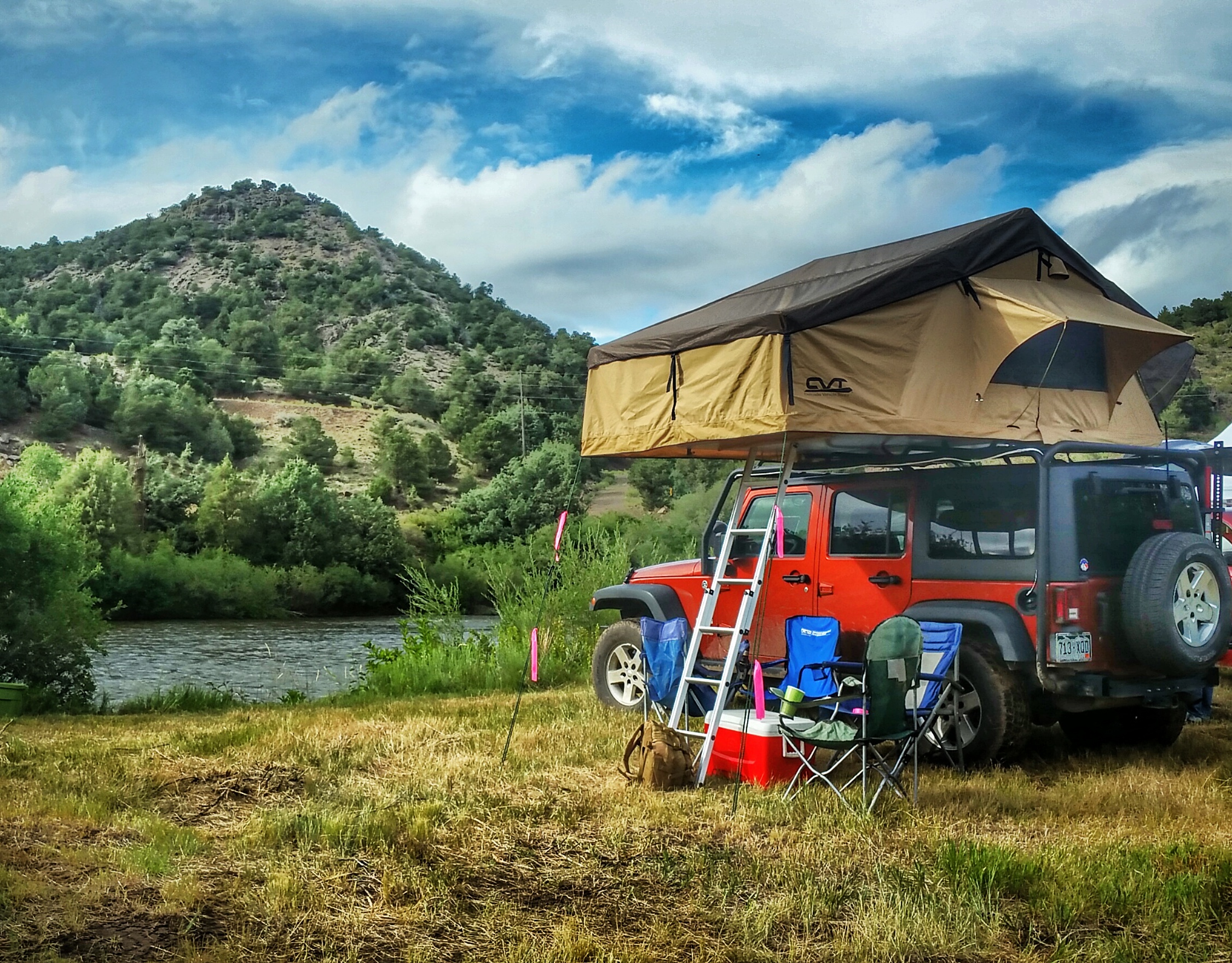written by Peter Madsen
Ancient seismic upheaval and and the erosive work of bygone lakes and rivers have carved many of Oregon’s striking landscapes. As a result, pockets of great climbing opportunities abound, according to Cliff Agocs, a rock guide certified by the American Mountain Guides Association. Also the co-owner of Timberline Mountain Guides, Agocs, a Bend resident, has traveled Oregon extensively in search of new climbing opportunities. And he’s yet to climb everything. Here, Agocs provides readers with some of Oregon’s best climbing destinations, including route varieties, rock type and other considerations.
Most of Oregon’s climbing destinations are home to local climbing communities that set and maintain interesting routes. Respecting the local climbing ethics is one of the keys to enjoying an area without “blowing it up,” Agocs said. A great place to begin research is www.mountainproject.com, an REI-funded online climbing guide.
As a general rule, Oregon’s wealth of climbing opportunities are best enjoyed in spring and fall, when summer heat and vacationing hordes don’t crowd overheated rock walls. Winter allows some climbing, too, but shorter days spell narrow windows of daylight.
Central Oregon
Smith Rock State Park
Every list of Oregon climbing destinations begins with Smith Rock State Park, which straddles the Crooked River near Terrebonne. Smith Rock is the birthplace of American sport climbing, the discipline in which climbers install permanent bolts in the walls through which they thread safety ropes as they ascend. At Smith Rock, a supportive, friendly climbing community maintains bolts and anchors while park employees maintain trails. Routes offer something for everyone, including a mini bouldering feature for first-day beginners and multi-pitch challenges that attract the world’s best climbers.
Recently, there has been a resurgence of route setting in The Marsupials section, accessible by a half-hour hike from the parking lot and rimmed with pinnacles and summits distinct from the other walls. The lower gorge section offers routes for traditional climbing—which is similar to sport climbing but instead of permanent bolts climbers place cams and other temporary protections—and crack climbing, which involves using one’s hands and feet to fill space in a crack between two columns.
For more information, visit www.smithrock.com
Central Oregon
Trout Creek
North of Madras and framed by Mount Jefferson, Trout Creek is as striking in its beauty as it is unique for the climbing opportunities found in its vertical, hexagonal basalt columns. The two types of climbing here are crack climbing and stemming. Stemming involves applying counter pressure to walls, as if inside a chimney. “Climbing Trout Creek is very physical,” Agocs said, adding that most of the area’s routes begin with an advanced difficulty rating.
“It’s not a learning environment for crack climbing,” Agocs said. “It’s a place you go once your crack climbing has reached an advanced level.” The climbers who frequent Trout Creek are inclined to share, whether it’s gear or leaving a rope in place for you to use. “It’s a fun vibe,” Agocs said. “The joke is that if you climb four pitches you’ve done your job. If you get eight, you’re a superhero.”
For updates, visit www.facebook.com/friendsoftroutcreek.
Willamette Valley
Wolf Rock
In the forested western slope of the Cascade Range, not far from Belknap Springs, juts Wolf Rock—the state’s largest free-standing monolith. An ancient volcanic plug, Wolf Rock complements Smith Rock as one of the state’s best places for moderate to advanced, bolted, multi-pitch climbs. Wolf Rock is home to about twenty routes, including the state’s most notoriously difficult—the Barad-Dûr route. (“Barad-Dûr” is a nod to how Wolf Rock’s dark, foreboding profile resembles a dark tower in the Lord of the Rings fantasy series.) Despite the name, climbing it earns “a bit of bragging rights,” Agocs said.
A slew of intermediate sport routes have recently been installed. Visit www.oregonchoss.blogspot.com for a list.

Southern Oregon
The Callahans
Located outside Roseburg, The Callahans is home to walls, towers and other formations of sandstone, a rare rock in Oregon. “Sandstone is a pretty good treat,” Agocs said. The Callahans’ very old, hard and often wet rock is found on land owned by Weyerhaeuser Company, which harvests timber but allows climbers to access the rock. Here, observing good etiquette, such as not parking in front of gates and being mindful of logging trucks on the roads, is key. The Callahans has more than 100 well-bolted routes that are suitable for intermediate and advanced climbers.
Visit www.wyrecreation.com for recreation permits.








